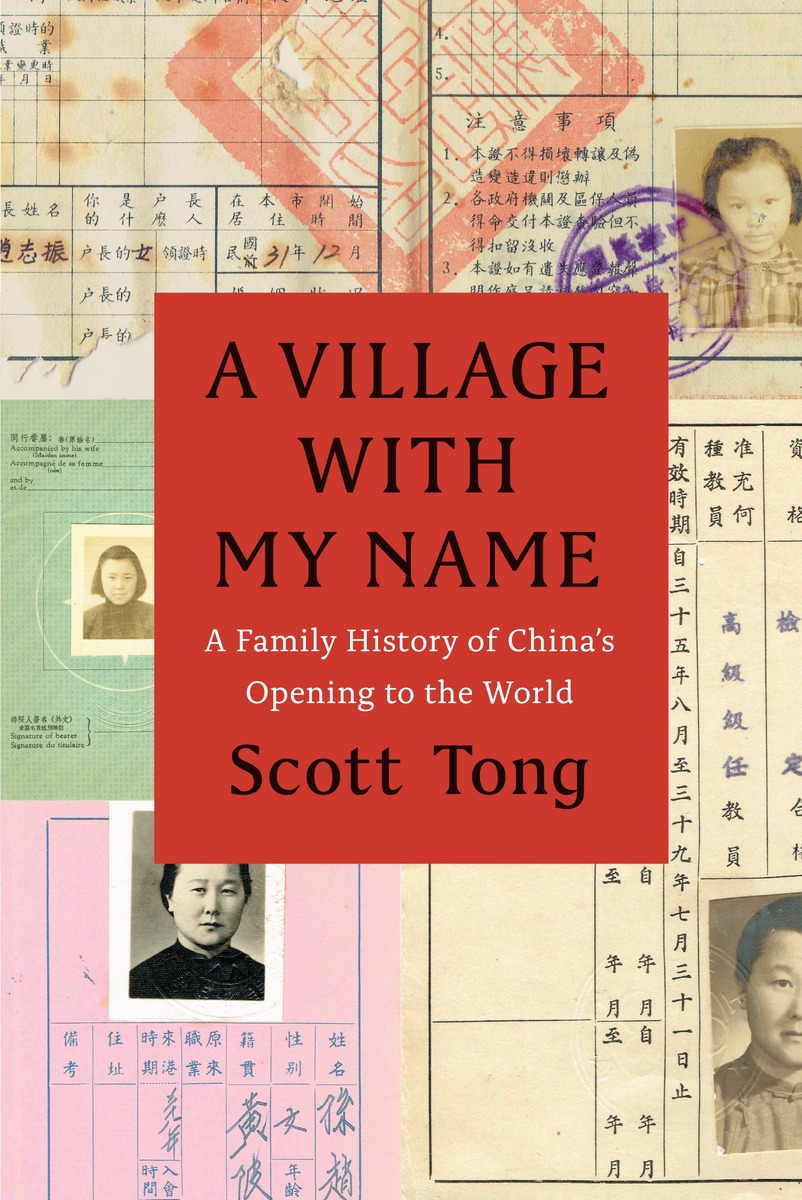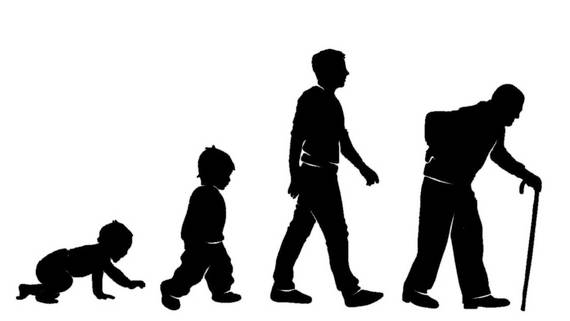
Time exists only when heat exchanges. Heat exchanges only when particles interact with each other. Really? Read on.
Imagine a pendulum that swings back and forth and imagine it swings with no heat exchanges what-so-ever. Since there cannot be any friction — that generates heat — the pendulum will swing forever. It is impossible for you to know the passing of the time by observing those swings. Are they forward or backward? I could have been playing the movie in reverse and you would not have any way to figure out. Time, therefore, does not “flow†without heat exchange.
How would heat exchange then? Only by particles interacting with one another. When a particle of a higher energy collides into another with lower one, part of the energy passes from one to the other. The temperature of one increases and the other decreases. Heat exchanges, and time passes.
What if there is nothing to interact with? Well, in strict theoretical sense, time stands still. It is literally true that “what you see is all that is.†Observation is possible only when particles interact with others (a photon must hit your retina for you to “see.â€) In a world where no particle interacts. Not only do things do not change, time also stands still.
But that’s not possible. The universe is filled with particles: matter and anti-matter. Together, they fill up the entire space of the universe. Particles are always colliding with each other. Then heat exchanges and time passes.
This explains energy and time. With a bit of a stretch, by creating yet another kind of particle, it also explains gravity. This is now the grand unification theory that explains everything: mechanics, thermodynamics, electromagnetism, general relativity, quantum mechanics, and gravity. After that, chemistry, geology, biology. Yep, everything under one theory.
How would I have figured this out without reading Carlo Rovelli’s book? And you thought I became smarter. Ha!








